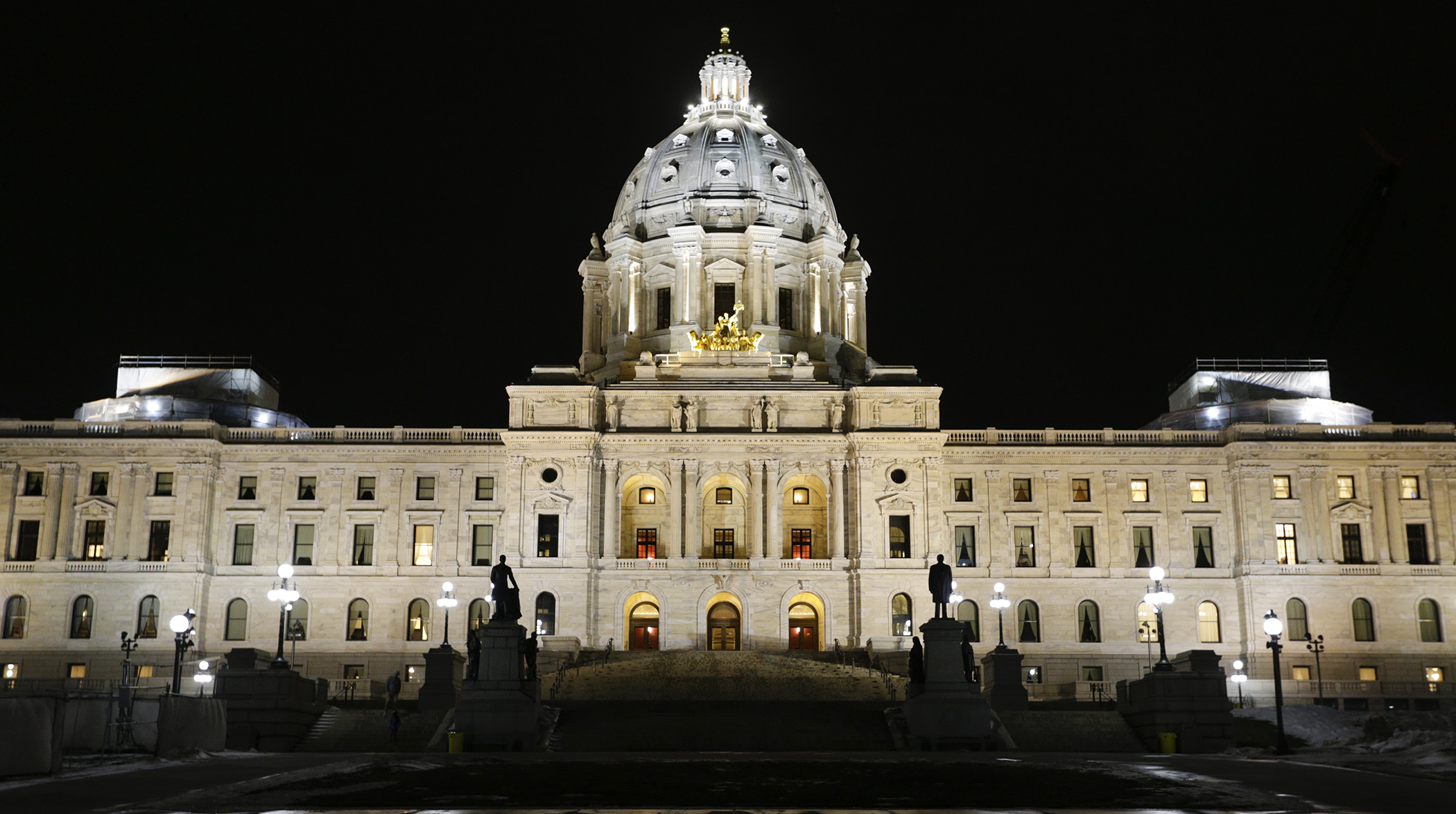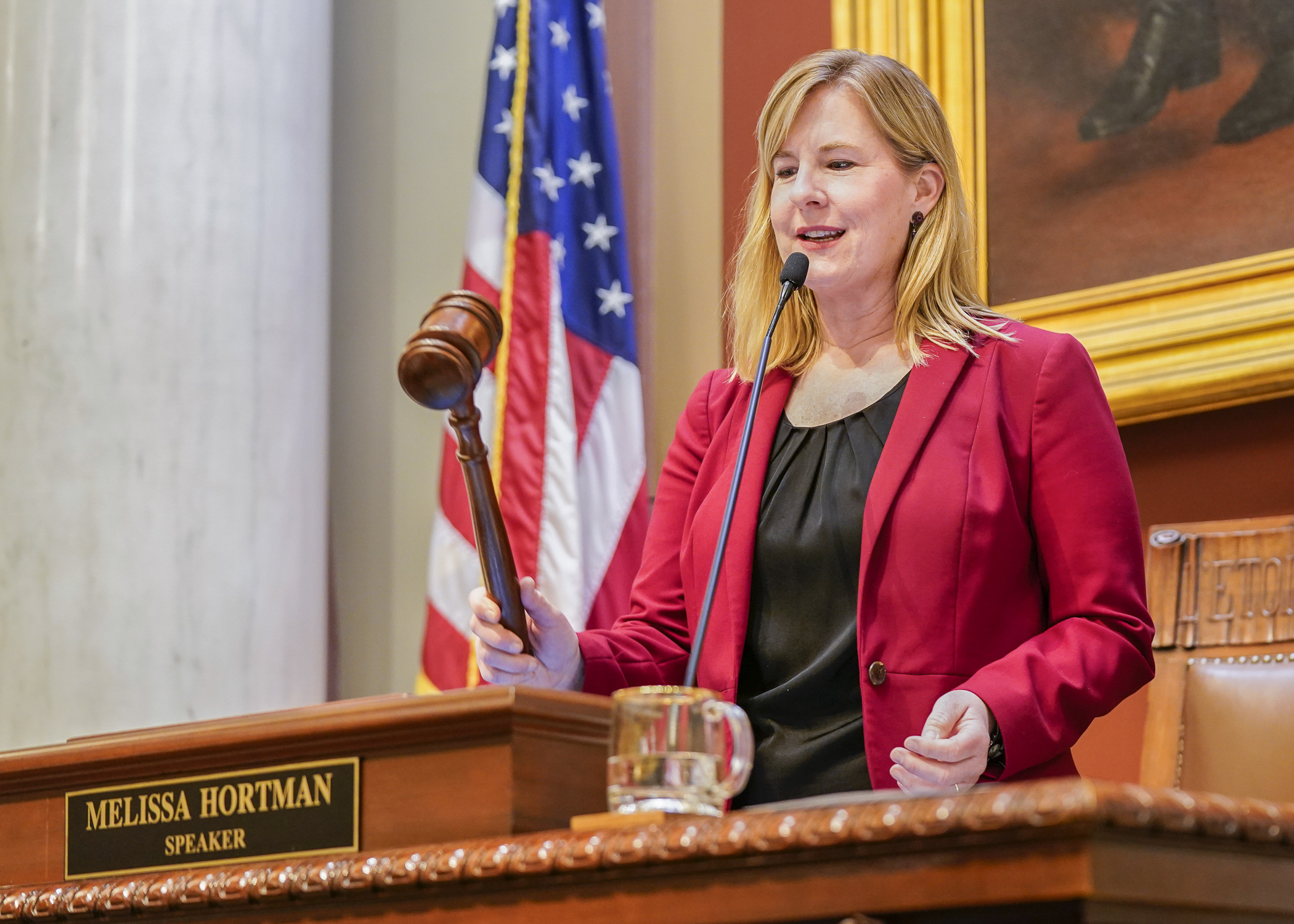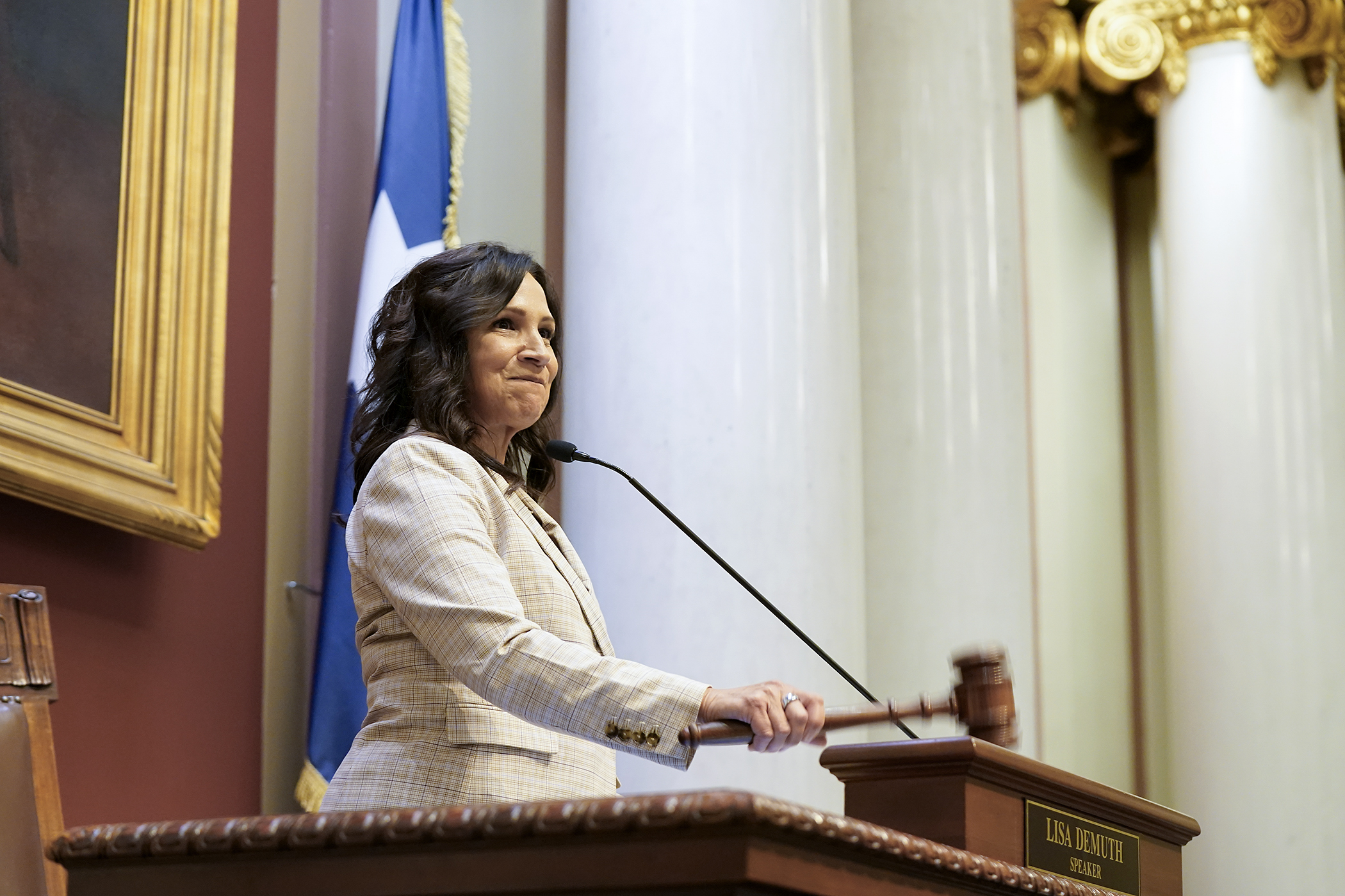Walz budget proposes education funding cuts amid predicted deficit

Education Commissioner Willie Jett asked the House Education Finance Committee an important question Tuesday.
“How do we maintain our priorities to fund Minnesota’s public education system on behalf of our students and educators with the responsibility to balance the state’s budget?” he asked while presenting Gov. Tim Walz’s proposed budget recommendations to the committee.
With Minnesota forecast to face a $5 billion deficit in the 2028-29 biennium, budget cuts may need to be made across the board.
“The governor’s 2025 education budget proposes to do just that,” Jett said. “It balances a narrow set of urgent and prioritized needs, with ideas of how we can reach a balanced budget.”
Walz proposes spending $17.16 billion in the 2026-27 biennium on education, cutting more than $34.5 million. The cuts would continue in 2028-29, shaving off another $114.8 million.
[MORE: Appropriations tracker, levy tracker with governor’s recommendations]
Under the governor’s proposal, the state would reimburse special education transportation at a rate of 95% for fiscal year 2026 and 90% in fiscal year 2027 resulting in a biennial reduction of $48.62 million. Non-public pupil transportation aid would also be cut, with a savings of $56.21 million in the 2026-27 biennium.
Heidi Nistler, St. Paul Schools assistant superintendent, Office of Specialized Services, said cutting the transportation budget would drastically impact school districts’ special education across the state, forcing schools to make cuts elsewhere.
“Special education leaders and district leaders are working incredibly hard to contain the cost of special education, but at the end of the day, we have a legal and ethical obligation to ensure every student with a disability has their needs met,” she said.
The alternative teacher compensation program, also known as Q Comp, would be closed in 2027, resulting in savings of $78.7 million in fiscal year 2027 and $173.13 million in fiscal year 2028.
The budget would also eliminate non-public pupil aid for items like textbooks, instructional materials, standardized tests, health services and guidance and counseling services, cutting $52.52 million in the 2026-27 biennium.
Quentin Moore, vice president of advancement at Ascension Catholic Academy, said cutting the non-public pupil aid will have far reaching economic consequences.
“This is not a debate about public and private education,” he said. “It’s about educational freedom, fiscal responsibility and ensuring every scholar and family has critical tools and resources to pursue prosperity and excellence.”
To pay for summer-term unemployment insurance through fiscal year 2026, $30 million would be added to the special revenue fund.
Estimated aid disbursements for fiscal years 2024 and 2025 are $102 million of the original $135 million allocated for the program, leaving $33 million in the fund for fiscal year 2026. Current estimates for summer-term unemployment insurance costs are $63 million.
Among other things, the governor’s proposed budget would also spend $550,000 annually for three full-time employees dedicated to fraud prevention and it would allow tribal schools to be eligible for any legislatively created grant programs.
Related Articles
Search Session Daily
Advanced Search OptionsPriority Dailies
Speaker Emerita Melissa Hortman, husband killed in attack
By HPIS Staff House Speaker Emerita Melissa Hortman (DFL-Brooklyn Park) and her husband, Mark, were fatally shot in their home early Saturday morning.
Gov. Tim Walz announced the news dur...
House Speaker Emerita Melissa Hortman (DFL-Brooklyn Park) and her husband, Mark, were fatally shot in their home early Saturday morning.
Gov. Tim Walz announced the news dur...
Lawmakers deliver budget bills to governor's desk in one-day special session
By Mike Cook About that talk of needing all 21 hours left in a legislative day to complete a special session?
House members were more than up to the challenge Monday. Beginning at 10 a.m...
About that talk of needing all 21 hours left in a legislative day to complete a special session?
House members were more than up to the challenge Monday. Beginning at 10 a.m...